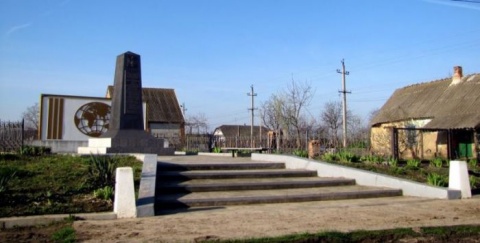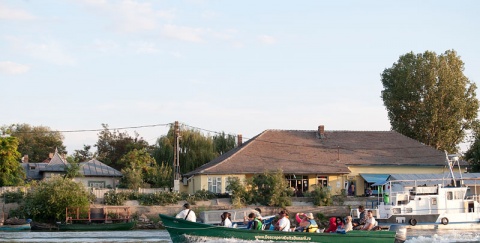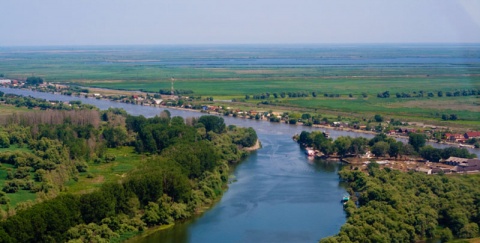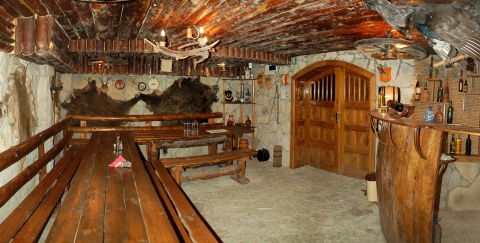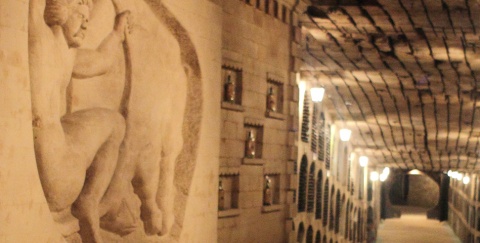
In the mid-14th Century, the area around Izmail formed part of the Moldavian Principality, which in turn was a Turkish protectorate in 1486. The Turks finally took the site in 1538 and built Ishmasl (or Hadjidar) Fortress.
By the mid-16th Century, the fortified settlement had become the centre of the rural district of Kilia, that traded actively with Moldovans and Wallachians (Romanians).
From the late 18th to mid-19th Centuries, Izmail was a focus of see-saw warfare between the Russian and Turkish Emperors. The Russian Empire aspired to capture the Bosphorus and Dardanelles and establish itself in the Balkans while Turkey strived to conquer the lands adjacent to the Black Sea and expand their influence to Central and Western Europe.
Meanwhile, European Powers such as Austria, Prussia, France and Britain also had great interests in this region. By the time of outbreak of the First Russian-Turkish War in 1768-1774, Izmail was a minor, poorly fortified outpost. In July 1770, a Russian army of 17,000 men commanded by P.A. Rumyantzev utterly defeated the 150,000-strong Turkish army and on August 16 gained control of Ishmasl Fortress. However, at the end of the war, Izmail returned to Turkish administration according to the terms of the Kuchuk-Kainargie Peace Pact.
Anticipating further conflict, the Turks paid significant attention to Izmail Fortress. Under the supervision of French fortifier de Lait-Clovet and German engineer Richter the fortress was expanded and upgraded. Izmail became a mainstay of Turkish military presence on the Danube. In 1787, Turkey (supported by Britain and France) commenced a new war against Russia.
In November 1790, the Russian army under the command of General Goudovysh laid siege to Izmail from the land, while a naval squad under the command of Admiral Deribas entered the Danube. Nevertheless, the Russian commanders did not dare to storm the fortress for a long time, limiting their activities with episodic bombarding of the walls. The situation lasted until the beginning of December when General Alexander Suvorov arrived and took command of the troops which besieged Izmail.
On 22 December 1790, at about 3 a.m., the troops attacked the fortress. First the gates were captured and then the flotilla delivered a crushing strike to the Citadel of the fortress. At about 11 p.m. the fortress ceased resistance. "Such a storm could be attempted only once in a life", wrote Suvorov afterwards. Yet again, the provisions of the Yassy Peace Treaty in 1791 ensured that Izmail remained a part of Turkish territory.
Only 16 years later, in August 1808, did the Russian army once again took the fort. This time, under the terms of the Treaty of Bucharest 1812, Izmail passed into Russian territory. The fort was then comprehensively destroyed to ensure it could never again fall into foreign hands and dominate the region.
Nowadays a Turkish mosque and remains of the fort can be seen in Izmail.
Izmail is now the largest town in the Lower Danube region with about 100,000 inhabitants, and an important cargo port. However, some of the most pristine riverine forest in the whole Danube basin can still be seen at the "Isles of Izmail" Regional Landscape Park.
DANUBE.TRAVEL has no control over the website content generated by users and/or visitors, neither such content represents a statement, opinion, recommendation or rating by DANUBE.TRAVEL. For further information please refer to DANUBE.TRAVEL – General Website Terms and Conditions of Use.
Places near this location
Stara Nekrasovka Village and the Meridian Monument
This village is named after a chief ("ataman") of ...
 EN
EN DE
DE
